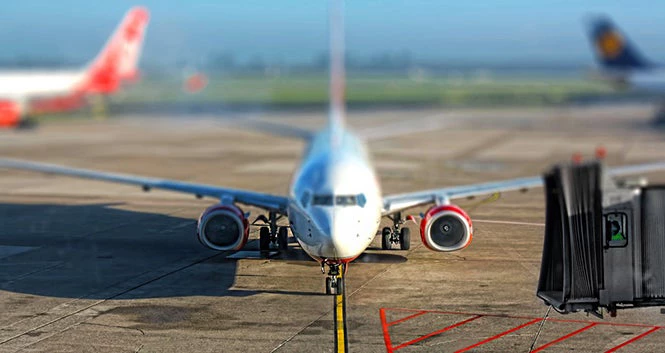
Greenhouse gas emissions from the aviation sector currently represent 2% of worldwide emissions – making aviation the world’s seventh largest emitter - a number anticipated to rise exponentially in the coming decades as more and more people choose to fly to their destinations. Today, an aircraft with 300 passengers traveling from Paris to New York emits approximately 100 tons of carbon dioxide, or as much as emissions from 22 cars in a year. And because the emissions happen higher up in the atmosphere, the impact on global warming is greater than emissions on the ground.
Earlier this month, 191 countries belonging to the International Civil Aviation Organization (ICAO) adopted an agreement to stop future emissions from rising above 2020 levels. This is the latest measure by the industry aimed at curbing emissions, a step in the right direction given that air traffic is expected to double by 2030.
Today, the aviation sector is not regulated under international climate agreements. Under the ICAO resolution, countries and airlines agree to compensate for emission growth by purchasing carbon credits from projects that lower emissions in developing countries. It adds a cost to emitters – a cost that should be substantial enough to give the airlines an incentive to invest in greener technologies, lighter aircraft and to put in place other fuel-saving policies. And it channels funds to green projects in developing countries.
But ICAO member countries acknowledge the complexity they face in getting ready to comply with the resolution’s requirements, and have expressed their need for capacity building. The World Bank is working towards establishing a partnership with ICAO to support countries with institutional and technical readiness for carbon market infrastructure.
To track emissions, robust monitoring, reporting, and verification (MRV) systems are needed. The data that is collected has to be reliable and managed in a transparent way. While the eligibility criteria of the credits are not specified in the resolution, it is anticipated that most programs under the Kyoto Protocol or its successors as established by the Paris Agreement will be eligible.
The carbon credits that will be purchased by the airlines to cover their emissions need to be registered and cancelled to ensure that they are not re-sold or counted twice. These are all tools that the World Bank’s Partnership for Market Readiness (PMR) has been developing with partners for several years, including working with countries like China in designing the key building blocks of their carbon market initiatives.
The ICAO resolution will be implemented in three phases, starting with a pilot from 2021 to 2023, followed by a voluntary phase until 2026, and a mandatory phase post-2026. Although the agreement is not yet mandatory, 66 countries, including some of the biggest emitters such as the United States, China and the European Union, have already agreed to join the offsetting mechanism voluntarily starting in 2021. Exemptions have been carved out for least developed countries, small island developing states, and states not contributing significantly to international aviation, but they are also invited to join the mechanism voluntarily.
Looking ahead, this sets an example for other sectors that are not covered by the Paris Agreement, including maritime and shipping. There as well, the World Bank is hoping to assist in identifying measures to lower carbon emissions, facilitate green financing and work towards a sustainable transport industry.


Join the Conversation